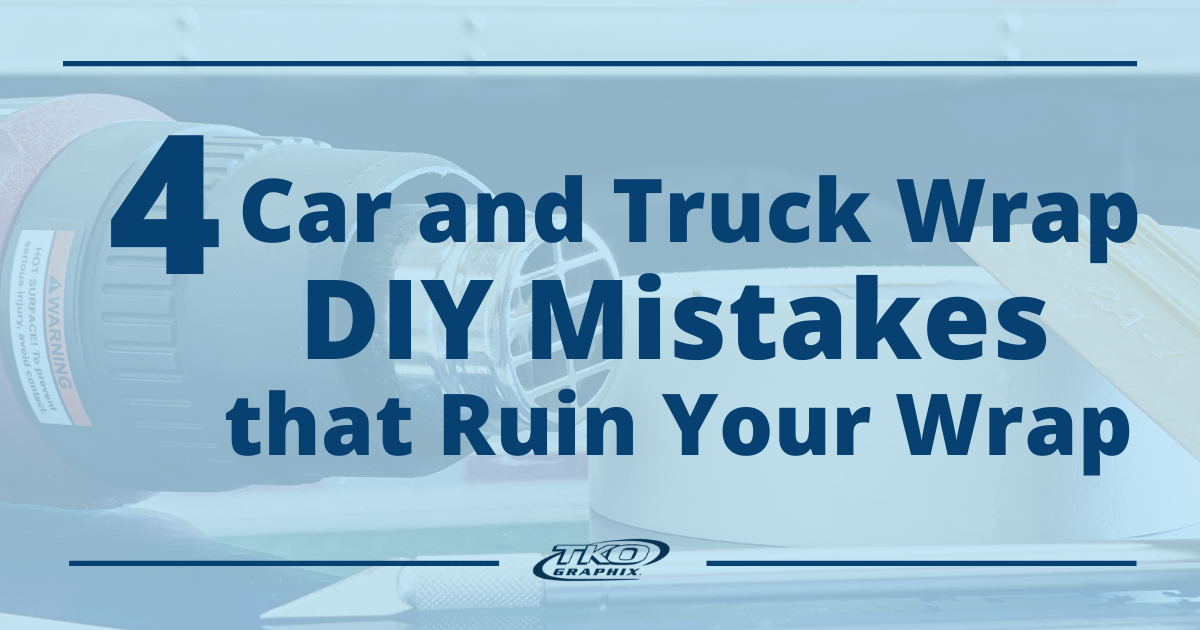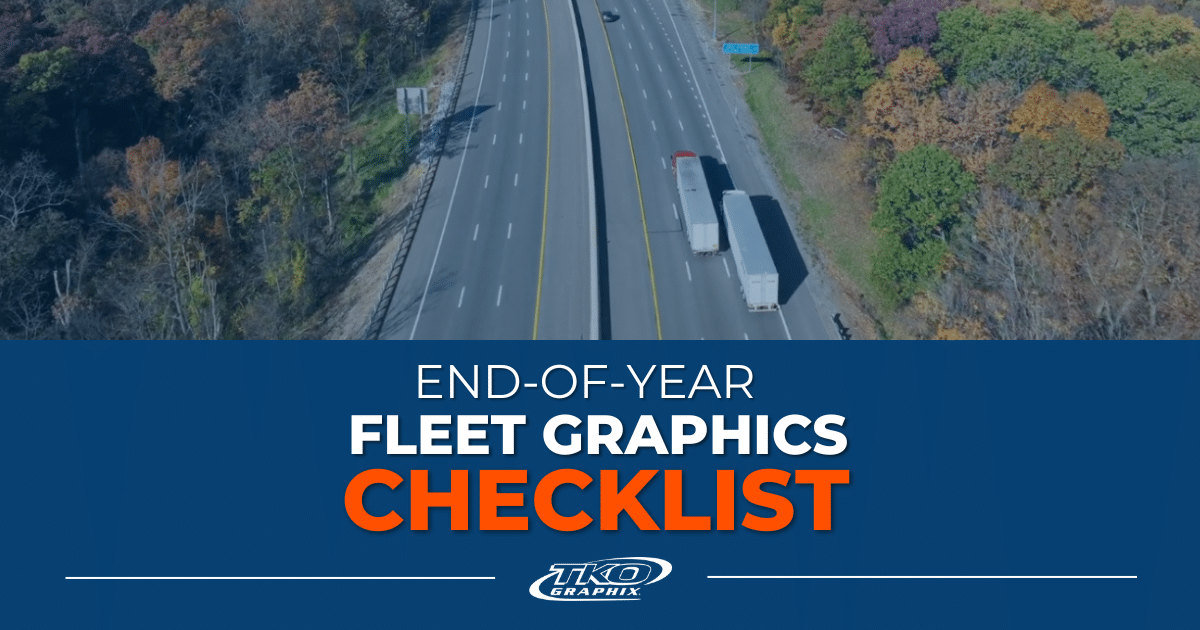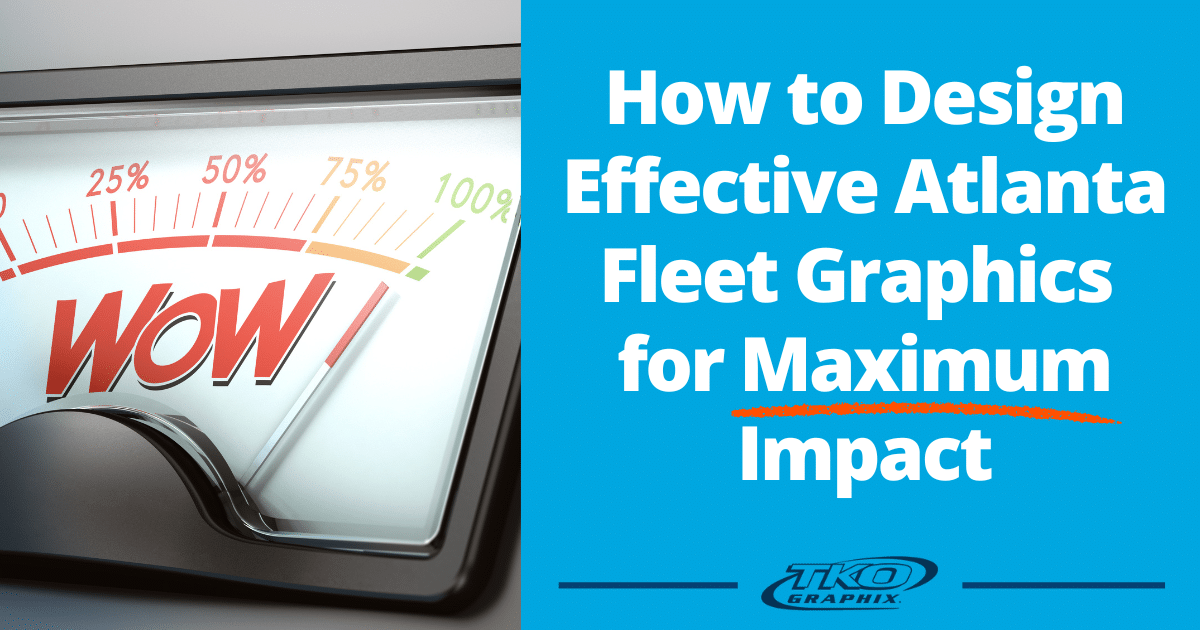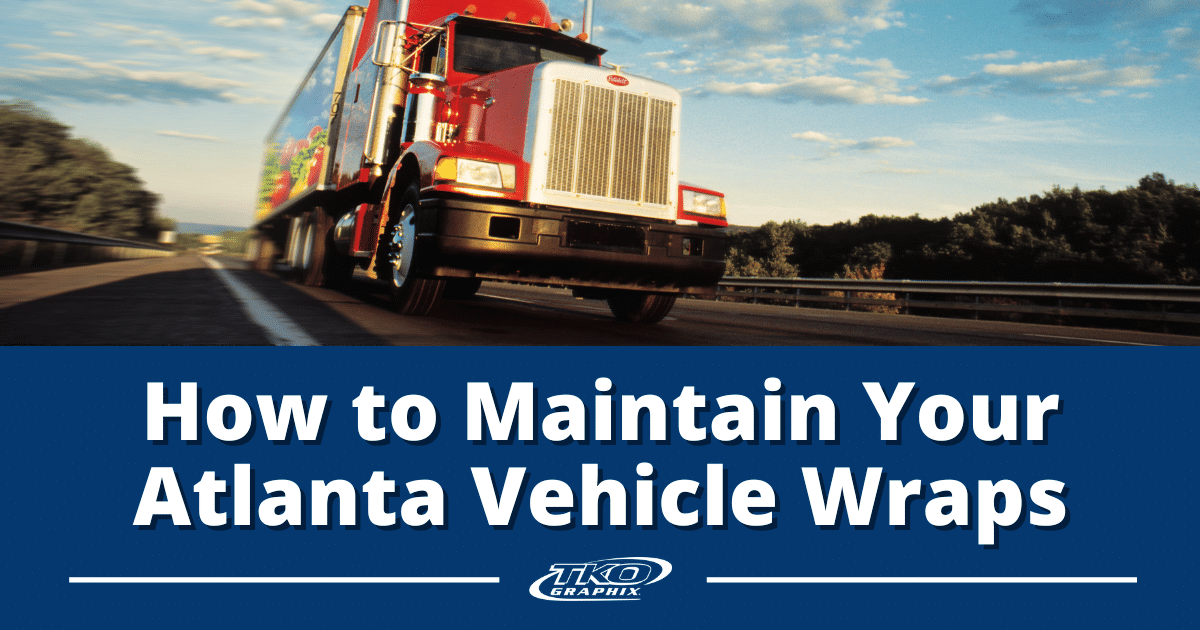These 4 car and truck wrap DIY mistakes aren’t the only mistakes people make, but they are 4 of the most common and costly. Why is that? Because these 4 car and truck wrap DIY mistakes can ruin your wrap and potentially damage your vehicle.
4 Car and Truck Wrap DIY Mistakes
1. Using the Wrong Measurements
You’ve heard the old saying, measure twice, cut once. Well, you probably don’t have to measure twice to get it right, but it never hurts. But do you know what to measure? The first thing to measure on a car or pickup truck is the length of the vehicle, bumper to bumper. But wait, you’re not done yet. You still need to measure the hood, trunk, roof and bumpers.
For detailed instructions on how to measure your vehicle, there’s a great video on YouTube from Rvinyl, where Justin Pate from the Wrap Institute shows you step-by-step.
2. Improper Use of a Heat Gun
One of the most common mistakes when using a heat gun is concentrating solely on the gun and not checking how the vinyl adheres to the substrate. Get it too hot, and you can damage the vinyl and the paint below. Too cold, and it might not correctly conform.
The first thing is to lay the vinyl on the vehicle and attach it to all four sides. What you want to do is stretch it to create tension. Don’t worry about getting every wrinkle out as you stretch the vinyl – you won’t. But do be sure it is taught. If the material is loose, the heat will not take out the wrinkles.
Next, hold the gun a few inches from the vinyl and sweep it back and forth across the wrinkles. Do not hold the gun in one spot. It should constantly be moving. Too much heat concentrated in one spot can damage, not only the vinyl, but also the painted surface beneath.
There will be areas such as edges and some curves where all the wrinkles will not come out after heating. Use a squeegee to smooth these.
Tip: If you’re inexperienced with a heat gun, try using a hairdryer before you move on to a heat gun.
Here’s a video from leading adhesive vinyl manufacturer 3M on using a heat gun for vehicle wraps. 3M – Cookie’s Tip – Heat Gun Skills Part 1 – Vehicle Wrapping
3. Overstretching The Vinyl
Some adhesive vinyl materials can be stretched, but not all. Even the vinyl compounds that can be stretched have a breaking point. The first thing to understand is if the material you’re using will conform to being stretched.
Are you using cast (premium) or calendar (economy) adhesive vinyl? Cast, or “premium vinyl,” is a process similar to making a cake. Ingredients are mixed, and solvents are added, then poured into a casting sheet, which is baked, allowing the solvents to evaporate. This process makes a very flexible, thin, shrink-resistant material.
Another manufacturing option is the calendar or economy process. In this method, ingredients are mixed, but solvents aren’t added. Like pizza dough, the vinyl is rolled and stretched into the desired shape. This material is thicker and having been stretched. It tends to shrink.
When you overstretch the vinyl, you also thin the adhesive, leading to separation, bubbles, and curling edges.
If you’d like to learn more, read this post, FAQ: Are There Different Vinyl Graphics Materials?
4. Improper Cutting of the Vinyl
Of the 4 car and truck wrap DIY mistakes this might be the most common. The key to cutting the vinyl is to use the right knife – carefully. The best knife to use is a stainless-steel blade with a 30 to 45-degree cutting angle. Stay away from ceramic and carbon blades. The sharpness of these blades often leads to damaging the paint.
When cutting, consider the placement of the cut. For example, when cutting at the door, cut so the seam can fold under against the wind. This will avoid wind and weather separating the edges. After the cut, fold the vinyl under the seam and then squeegee it down.
Another method for cutting is often used at rubber molding. Use a squeegee against the paint under the molding. Place your knife on top of the squeegee and move the squeegee with the cut. This way you avoid cutting into the paint or molding.
Here’s a video from 3M on basic vinyl wrap cutting. 3M Installation Tip: Cutting Techniques
Although cutting the vinyl before installation can work, you better know what you’re doing, and it will only work on a simple installation. Experienced adhesive vinyl graphics installers seldom precut the graphics.
Cutting the vinyl before installation often leads to a wrap that looks pieced together like a découpage scrapbook.
These 4 Car and Truck Wrap DIY Mistakes Will Ruin Your Wrap
Yes, these 4 car and truck wrap DIY mistakes can be costly. If what we’ve shared here sounds complicated, that’s because it is. A full wrap on a car or truck isn’t something you can watch a 5-minute YouTube video about and then have at it. Installing a full wrap takes training and experience.
If you’re considering a full wrap on your vehicle, your best course of action is to hire a pro. And if you’re considering fleet graphics for your organization, hire the best, TKO Graphix.
If you’d like further information or advice, be sure to Contact Us. If you’d like a free estimate for your fleet or vehicle graphics, you can Request A Quote.
TKO Graphix is a national fleet and vehicle graphics company helping customers since 1985. We provide full-service graphic design, digital printing, screen printing, graphics installation, and removal of large format graphics.
We’ve been helping businesses, large and small, brand their fleet of tractor-trailers, work trucks, and company vehicles. Whether you have a fleet of thousands or a few vehicles, we are here to lead you through the vehicle branding process.
TKO Graphix is proud to be a 3M™ MCS™ Warranty graphics manufacturer. We employ the largest 3M Certified installation crew in the country. If you’d like to learn more and get a free quote, contact us today.







